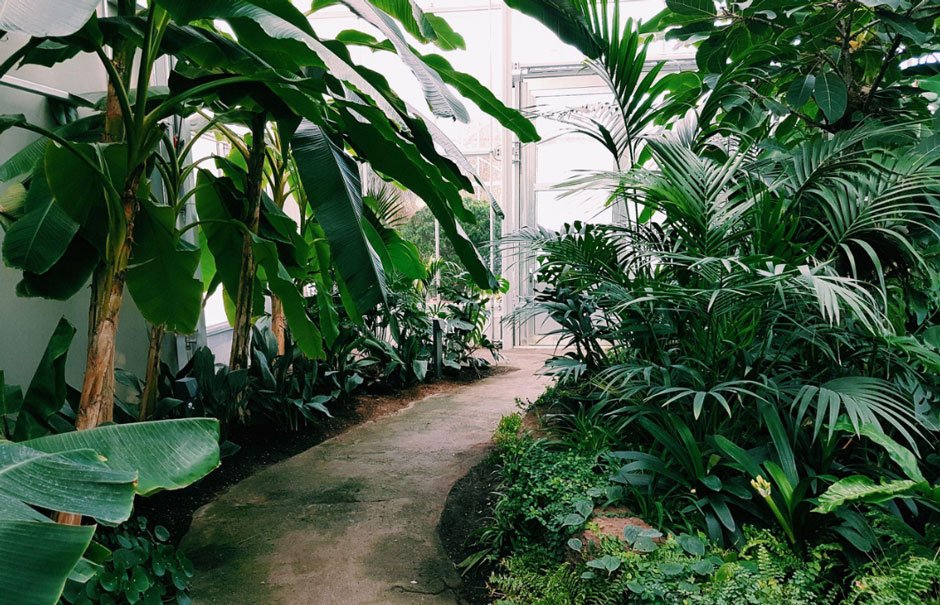The Power of Native Plants

Why are native plants important, because now there are so many exotic species? There are several arguments in favor of this choice, and you would be wise if you want to understand this issue. Native plants are those that thrived in South Australia before European colonists introduced exotic species from their lands. These plants are naturally adapted to the local conditions and climate, evolving alongside wildlife over many years. By choosing native plant species, your garden can benefit from their unique qualities and create a vibrant ecosystem.
Why are native plants better for the environment?
#1 Native plants are more resilient
Plants that are indigenous to a specific region are more likely to establish quickly and naturally thrive in robust health. Native plants have gone through thousands of years of evolution, adapting to particular areas, and coexisting harmoniously with the environment, soil, water supply, weather fluctuations, and other native companions. Their deep root systems, reaching up to 15 feet, are well-suited to the soil composition, whether it be clay or sand, and the average precipitation, regardless of high or low levels. Their stems and leaves possess the resilience to endure intense sunlight or strong winds in the local environment. Moreover, native plants play an integral role in the broader natural ecosystem.
#2 Soil restoration
Native plants form symbiotic relationships with bacteria, resulting in essential nitrogen for plant growth. Nearby plants benefit from the presence of nitrogen-fixing natives, boosting overall nutrient levels. Microorganisms thrive in the rhizosphere, nourishing themselves on the proteins and sugars secreted by roots. This mirrors the nourishing action of these plants above ground.
Fibrous and widespread plant roots, such as those found in buffalo grass or little bluestem, play a crucial role in stabilizing topsoil, especially in flood-prone areas. Aquatic plants like cattail can absorb and recycle pollutants, protecting our rivers and streams. Without native riparian plants, erosion and pollutants would harm our drinking water and freshwater ecosystems. Forests and cities would face destabilization from the floodwaters unleashed by storms.
#3 Preserve biodiversity
Biodiversity refers to the multitude and variation of living organisms within a specific region. Our native wildlife, including birds, butterflies, pollinators, and other organisms, co-evolved alongside the local flora. These organisms rely on specific plants for food, making non-native plants and vast laws detrimental. Without native plants, our gardens become ecological deserts, unable to sustain pollinating insects vital for our survival.
For instance, in China, costly hand pollination is necessary for certain fruit crops due to the scarcity of pollinating bees. Furthermore, native plants play a crucial role in supporting songbirds, because they are where insects live. You already guessed it, but it’s still worth writing that insects are the basis of the diet of most birds.
Another thing is that you may not know all the native plant biodiversity in your area. Try using the plant identifier app and you will learn a lot about your species diversity. This powerful iOS app can identify plants from a photo or while shooting on camera. Another app for plants displays the special needs of plants and helps in caring for them. With the app for iPhone, you can choose the perfect plants from both local and exotic flora.
#4 Help the environment
Native plants offer a wide range of benefits. They consume less water, fertilizer, and pesticides, reducing the risk of water run-off and enhancing air quality. Moreover, native plants curb pollution by eliminating the necessity for mowers and other equipment. Additionally, they possess the capacity to capture and store excess carbon.
#5 Low maintenance
Maintaining native plants can be significantly more cost-effective and time-efficient compared to turf grass. The EPA refers to a study on larger properties, which estimates that the cumulative cost of preserving a prairie or wetland over 20 years is $3,000 per acre. In contrast, the cost for non-native turf grasses amounts to $20,000 per acre.
#6 Add splendor to your landscape
Design a beautifully crafted, formal native garden with harmonious unity and captivating interest. Native plants offer an array of vibrant colors, diverse textures, varying heights, and blooming schedules, creating a breathtaking showcase throughout the year.

#7 Native plants are not invasive
Plants that are not native grow beyond their natural range. Certain exotic plants invade natural areas and endanger our native plant communities. Native plants, while varying in their aggressiveness, are not classified as invasive. Opting for native plants suitable for the region and site diminishes the chances of introducing invasive exotics.
Conclusion
Native plants have their benefits. They may not look as exotic as plants from other continents, but they are better suited to your region. Consequently, you will have to spend less effort on caring for them, and all insects and animals will be able to exist peacefully. Exotic plants can harm the environment since insects and other fauna are not adapted to them.



